Telementoring Improves Epilepsy Knowledge for Neurology Trainees
This study looked at how effective a virtual training program was for neurology trainees in Canada learning about epilepsy.
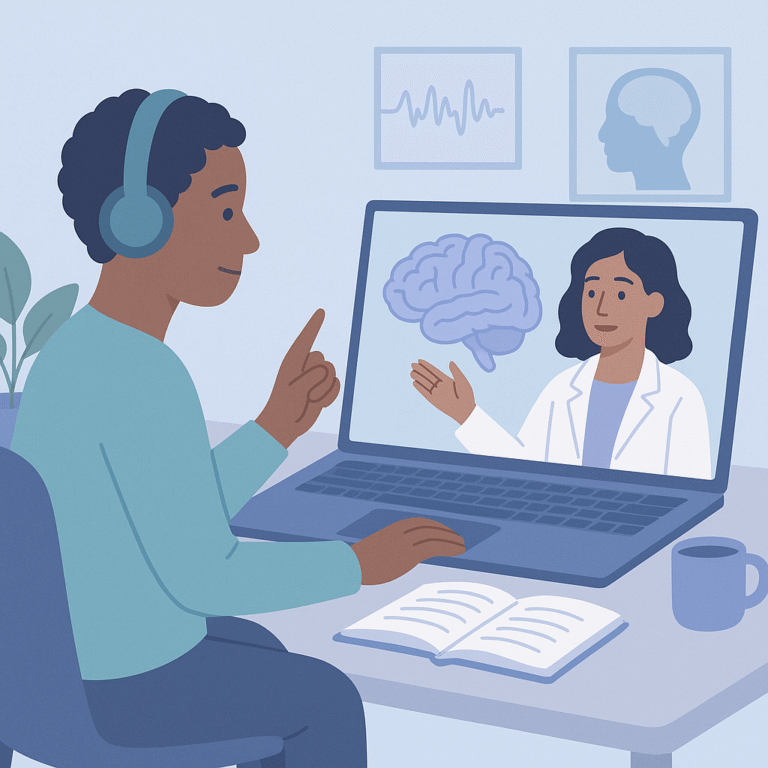
This study looked at how effective a virtual training program was for neurology trainees in Canada learning about epilepsy.
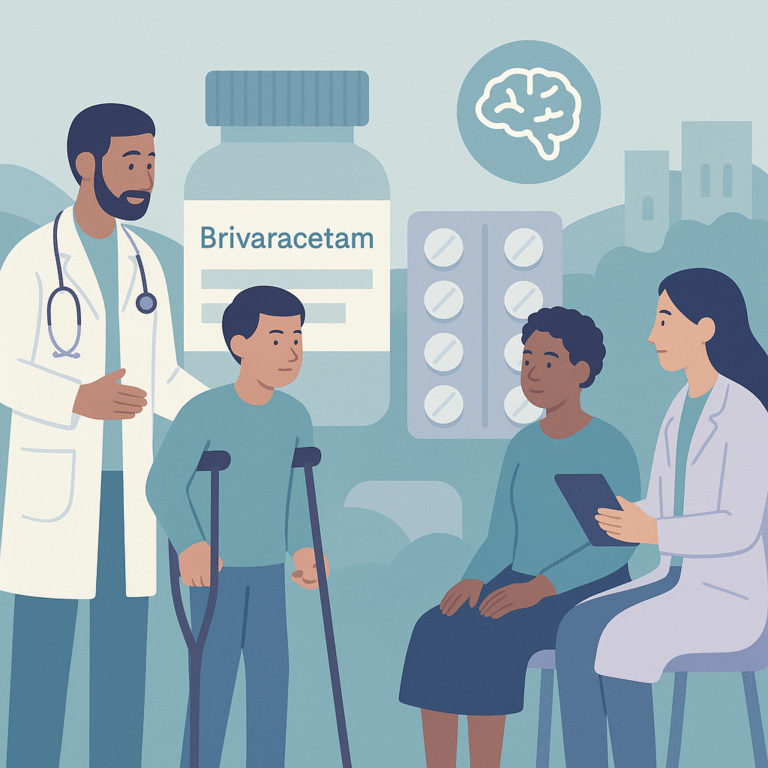
This study looked at the cost-effectiveness of a medication called brivaracetam (BRV) for treating patients in Jordan who have focal-onset seizures that do not respond to other treatments.
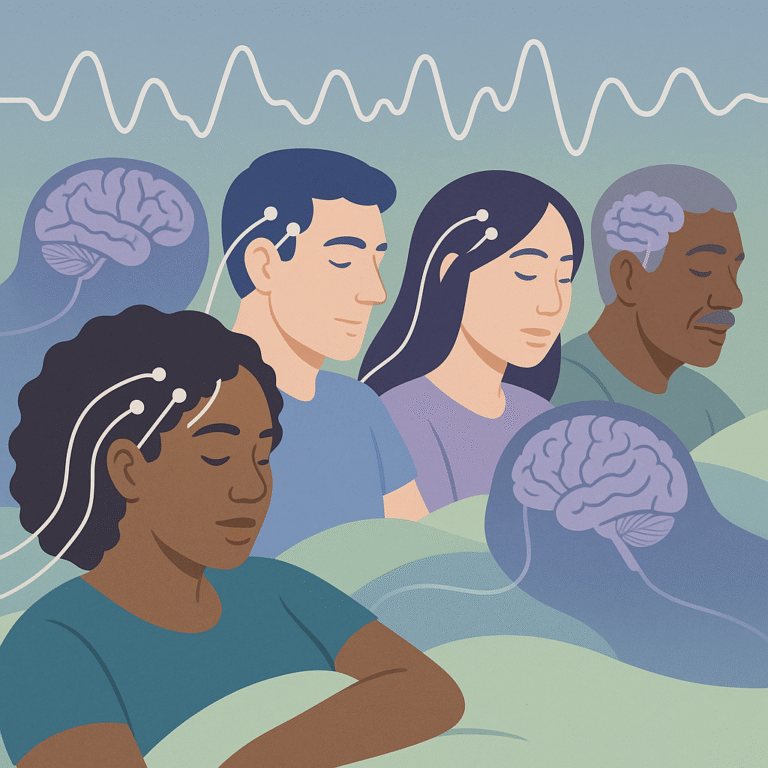
Researchers studied how brain activity changes during sleep by looking at a specific type of electrical signal called aperiodic activity.
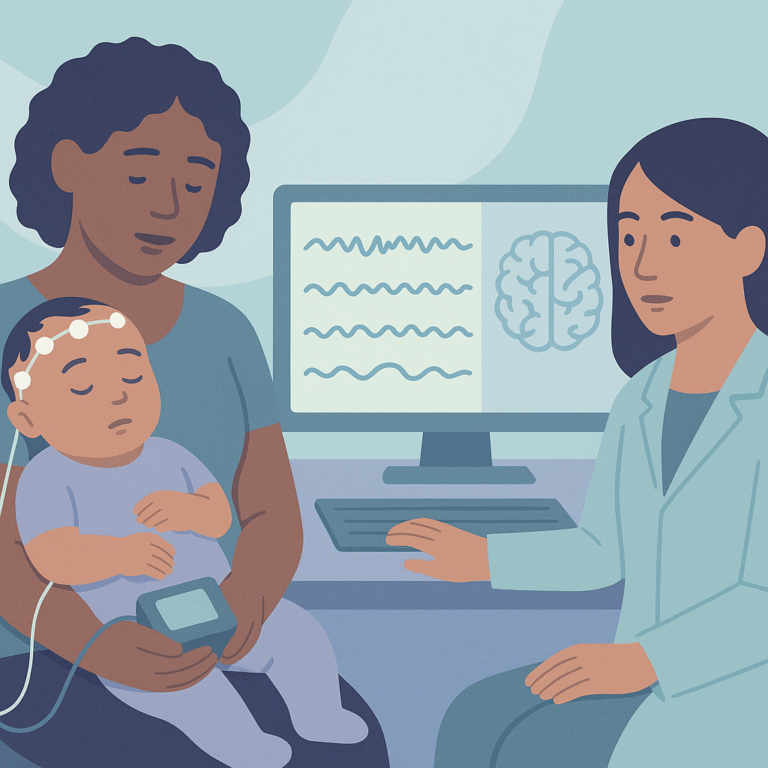
Researchers studied a new method for detecting infantile spasms (IS), a serious type of epilepsy that occurs in young children.

A recent study looked at how doctors in Germany, Austria, and Switzerland treat a serious condition called status epilepticus (SE), which is a prolonged seizure that can be life-threatening.

Researchers studied the effectiveness of the ketogenic diet (KD) for managing epileptic spasms (ES) in children.
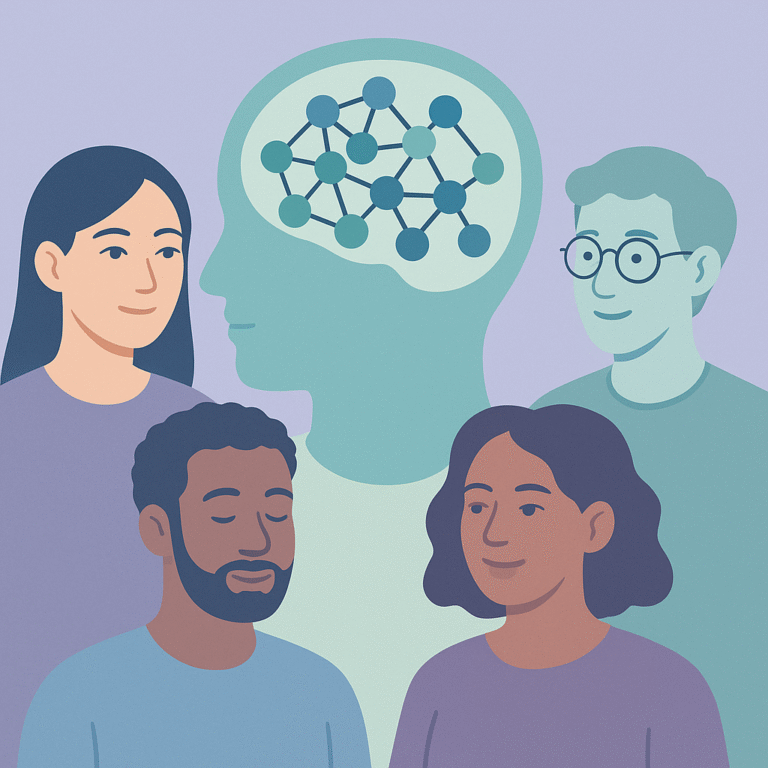
This study looked at how brain networks, which are organized into modules, behave under certain conditions that affect their activity.
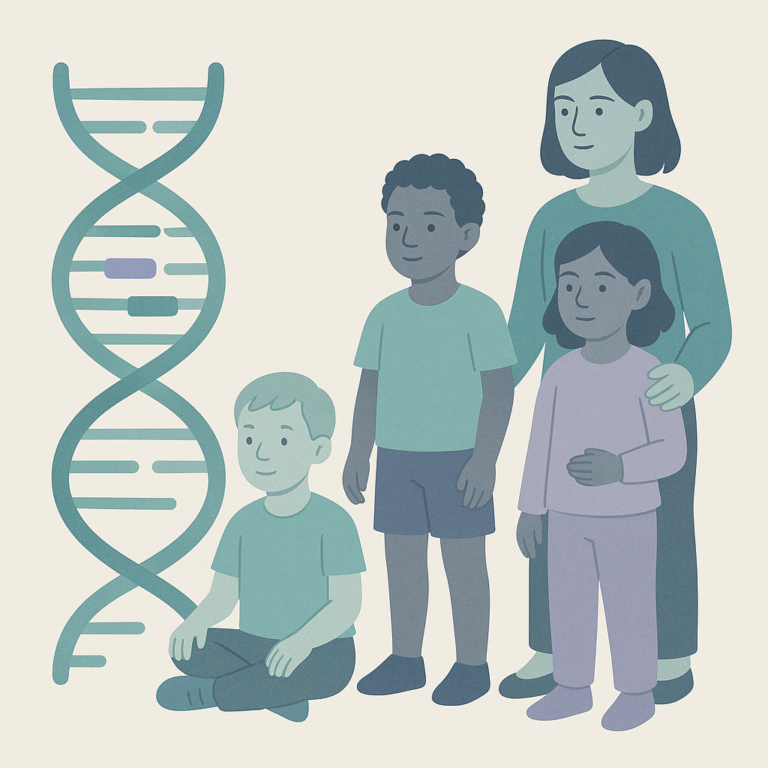
This study focused on understanding how changes in the KCNQ2 gene, which affects a specific potassium channel in the brain, relate to the developmental and seizure characteristics in children with KCNQ2 developmental and epileptic encephalopathy (DEE).
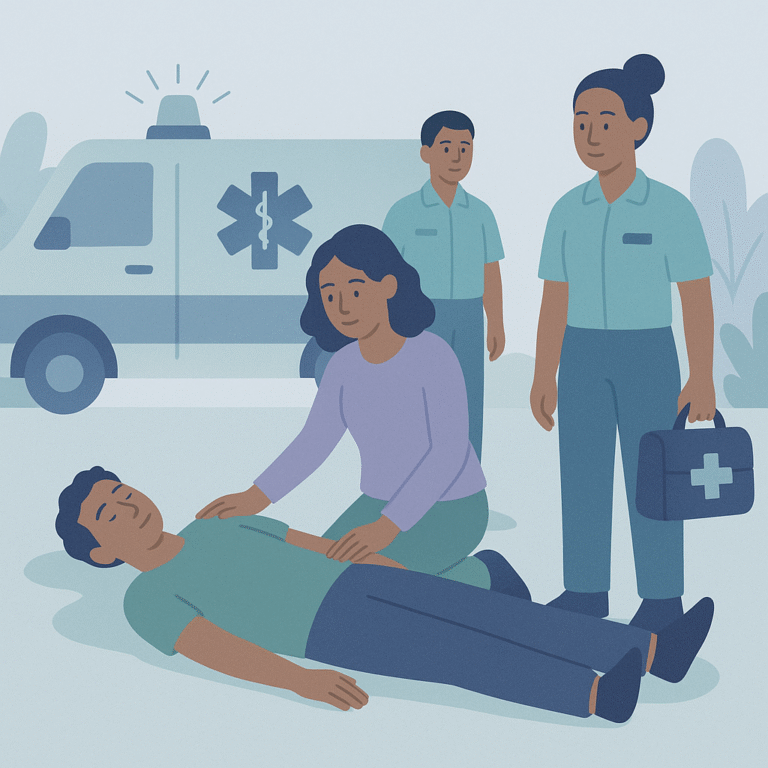
Researchers in Madrid, Spain, studied how to improve the emergency care of people experiencing epileptic seizures.